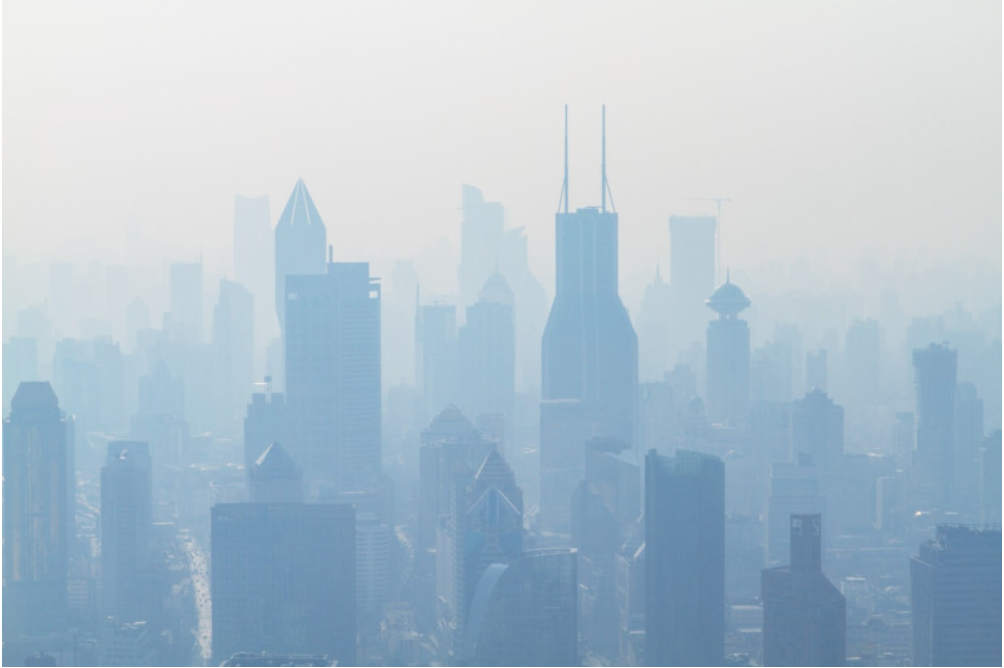
Air pollution and Citizen Science
Francisco Sanz
March 31, 2020, 1:50 p.m.
In the second edition of our newsletter, we decided to tackle an issue that is often studied in Citizen Science projects: Pollution.
We spoke to Gary Fuller, air pollution scientist at King’s College London, writer for the Guardian and author of the book The Invisible Killer: The Rising Global Threat of Air Pollution – and How We Can Fight Back.
Gary, could you please tell us a little bit about yourself? As a scientist, why is it important for you to publish for the general public, via the Guardian or your book?
I’ve been working on air pollution and its measurement for more than 25 years, with a primary interest in urban air pollution and its effects on human health. In my group, we study the different steps that are necessary to understand air pollution impacts; from its emission to the concentration that it creates in the air, followed by how people are exposed and then how this exposure affects people’s health.
Nowadays, environmental issues are a “hot topic” in the media, with lots of stories about air pollution and its impacts. it is hard for the general public and the policy makers to piece all these stories together to see the whole picture to understand why our air is still polluted and what can be done. Scientists have a responsibly to speak up, not just in peer review publications but also to help the public and policy makers to understand the evidence and to debate the solutions.
How would you define air pollution, and what can be its impact?
When we talk about air pollution we are referring to tiny amounts of particles and gases that are present in the air due to human emissions. They are present in micrograms in a cubic metre of air. The difference between pure air and polluted air is actually not that striking quantity-wise but those small variations can have huge impacts.
In the UK, urban air pollution management was kick-started by the 1952 smog in London. This episode lasted for just six days but caused around 12,000 deaths. In the 90’s, studies have shown that air pollution harms us not only during smogs episodes, but also with our daily exposure. And we are now having a learning on how air pollution exposure when we are young can affect our health later in life.
The natural ecosystems are of course impacted by air pollution as well. In Europe, an important work has been done to combat acid rains for example, but we do not have a good overview on the prevalence these problems in the rest of the world, especially in the most polluted parts of the developing world.
You participated in the project that built the London Air Pollution Measurement Network. Why is the monitoring of air pollution so important?
Measurement is key to make the link between air pollution and its consequences. The 1952 smog had a big impact, not only because of the thousands of people that died but also because we measured the pollution peak that explained this tragedy. Measurement is also crucial to examine if the policies put in place to control air pollution are working or not. Throughout my research carrier, we had several technologies that were supposed to solve the problem, such as cleaner diesel cars for example. By measuring urban air, we were able to show that despite ever tight limits for exhaust, vehicles were producing much more air pollution when driven on our streets.
How can citizens have a more powerful role on making policy makers change the situation?
It is unfortunately true to say that politicians have not taken a strong enough stance on environmental issues. Citizens are now taking their own action. For example, across the UK and Europe we have seen a drop in the sale of diesel cars since the “dieselgate”, and more and more initiatives are emerging.
In Belgium, concerned parents created a movement called Filter Café Filtré when they decided to relocate their usual Friday morning coffee to the middle of the street, to block traffic and create a low pollution and safe space outside local schools.
In the area of Citizen Science actions, we have a blooming of smart sensors, which is opening up new opportunities. However, I would like to emphasise on the difference between awareness-raising actions, such as smart sensors that can be bought individually, and actual scientific projects. Both are useful and beneficial, but it is only through a rigorous scientific protocol that citizens can build valid arguments to convince policymakers to take actions.